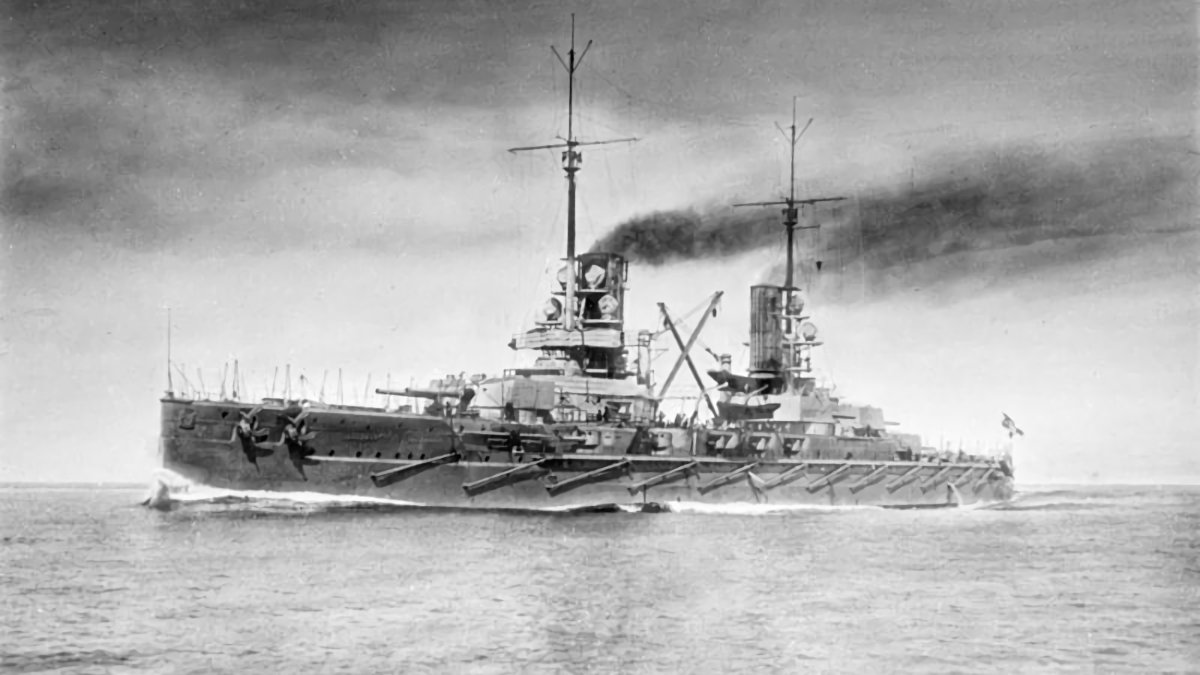German Battleship SMS Prinzregent Luitpold
SMS Prinzregent Luitpold was the fifth and final vessel of the Kaiser class of battleships of the Imperial German Navy. Prinzregent Luitpold’s keel was laid in October 1910 at the Germaniawerft dockyard in Kiel. She was launched on 17 February 1912 and was commissioned into the navy on 19 August 1913. The ship was equipped with ten 30.5-centimeter (12 in) guns in five twin turrets, and had a top speed of 21.7 knots.
Along with her four sister ships, Kaiser, Friedrich der Grosse, Kaiserin, and König Albert, Prinzregent Luitpold participated in all of the major fleet operations of World War I, including the Battle of Jutland on 31 May – 1 June 1916. In the course of the battle, Prinzregent Luitpold fired one-hundred and sixty-nine 30.5 cm shells and one-hundred and six 15 cm rounds. She and her crew emerged from the battle completely unscathed
The ship was also involved in Operation Albion, an amphibious assault on the Russian-held islands in the Gulf of Riga, in late 1917.
After Germany’s defeat in the war and the signing of the Armistice in November 1918, Prinzregent Luitpold and most of the capital ships of the High Seas Fleet were interned by the Royal Navy in Scapa Flow. The ships were disarmed and reduced to skeleton crews while the Allied powers negotiated the final version of the Treaty of Versailles. On 21 June 1919, days before the treaty was signed, the commander of the interned fleet, Rear Admiral Ludwig von Reuter, ordered the fleet to be scuttled to ensure that the British would not be able to seize the ships. Prinzregent Luitpold was raised in July 1931 and subsequently broken up for scrap in 1933.











